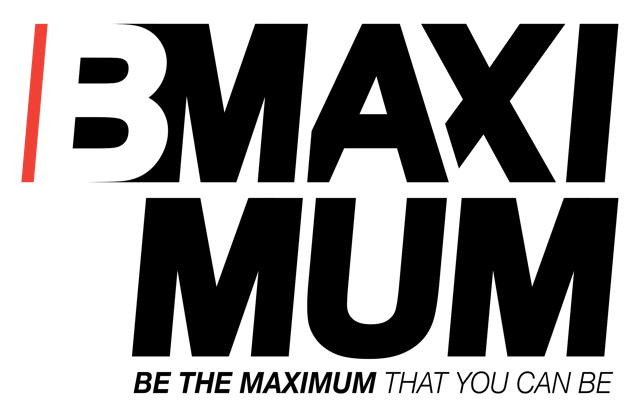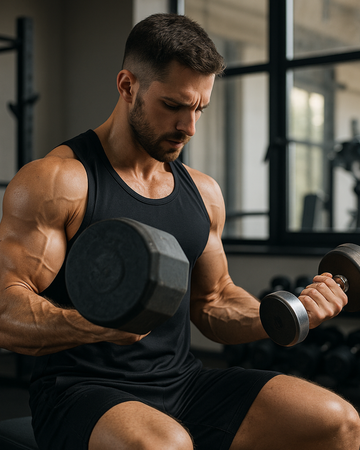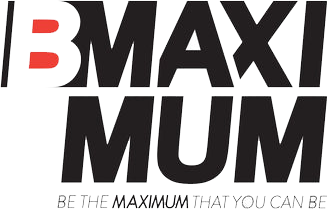When it comes to lifting weights, one question never seems to go away:
Do heavy weights build more muscle, or can lighter weights work just as well?
Fitness YouTuber Jeremy Ethier decided to find out — by turning his own body into a science experiment.
The Experiment
Jeremy trained one side of his body using heavy weights and low reps, and the other side using lighter weights and higher reps.
He followed this routine for 60 days, carefully tracking:
-
Training volume and frequency,
-
Muscle measurements, and
-
Strength performance.
He even included a second participant to see if results would differ for someone less experienced in the gym.
Everything — from his diet to training consistency — was controlled to make the results meaningful.
The Results
The findings were surprising:
-
Both sides grew muscle.
This means you don’t have to lift heavy to build size — light weights can stimulate growth too, provided you push close to muscle failure. -
The light-weight side actually showed slightly more growth in certain muscle groups, especially the chest.
-
The heavy-weight side, however, produced greater strength gains and more mechanical tension — which is key for long-term progression.
Jeremy did note one drawback: training asymmetrically led to small muscle imbalances, reminding us that consistency and balanced training matter as much as intensity.
What the Science Says
Jeremy’s experiment mirrors what scientific research has shown for years:
-
When training volume (total work done) is matched, both heavy and light weights can produce similar muscle growth.
-
Heavy training is generally more efficient for strength gains and muscle density.
-
Lighter training, done with high effort, creates metabolic stress, another powerful trigger for hypertrophy.
The best programs often combine both — heavy loads for strength and structure, lighter loads for muscle endurance and pump.
How to Apply It to Your Training
You can get the best of both worlds with these principles:
-
Lift heavy on compound movements — squats, deadlifts, presses — to develop strength and mechanical tension.
-
Use lighter weights for isolation and accessory work — higher reps, slower tempos, or supersets.
-
Train close to failure with both methods. Effort matters more than load.
-
Rotate intensity phases — alternate heavy and high-volume weeks for balanced progress.
-
Prioritize recovery — high-rep training near failure can be surprisingly fatiguing.
💭 Final Thoughts
Jeremy Ethier’s experiment makes one thing clear:
There’s no single best way to build muscle.
Heavy weights build raw strength.
Light weights build endurance and muscle size when pushed with intensity.
The secret lies in mixing both — training smart, staying consistent, and challenging your body in multiple ways.







